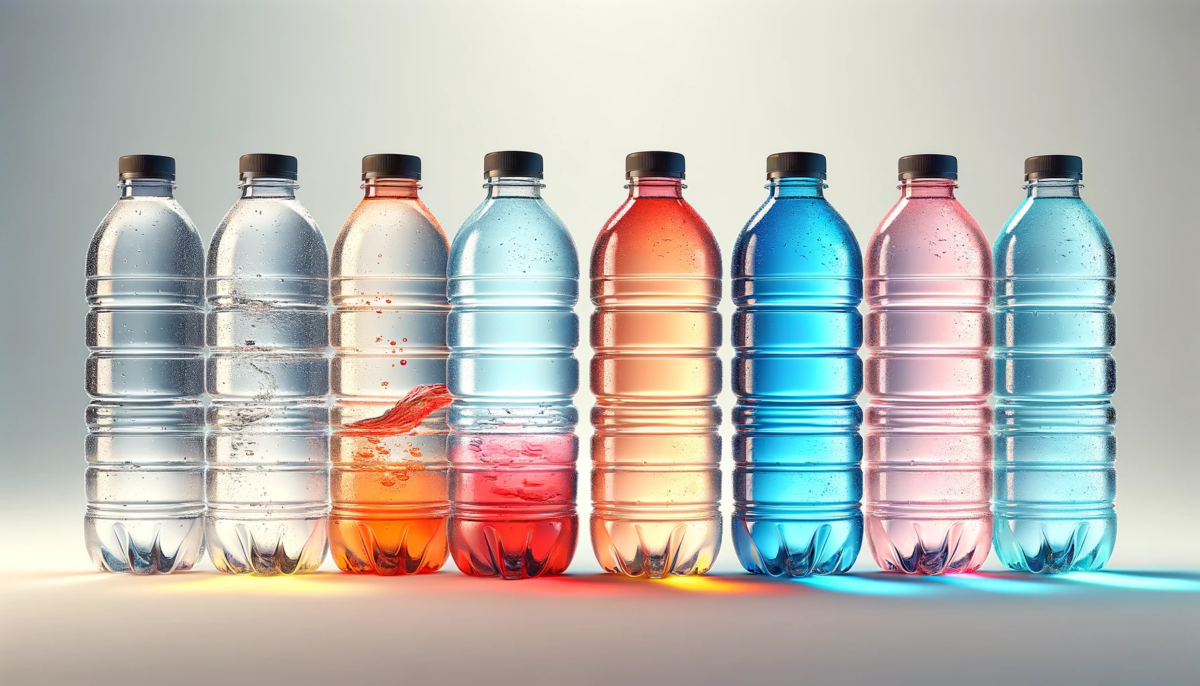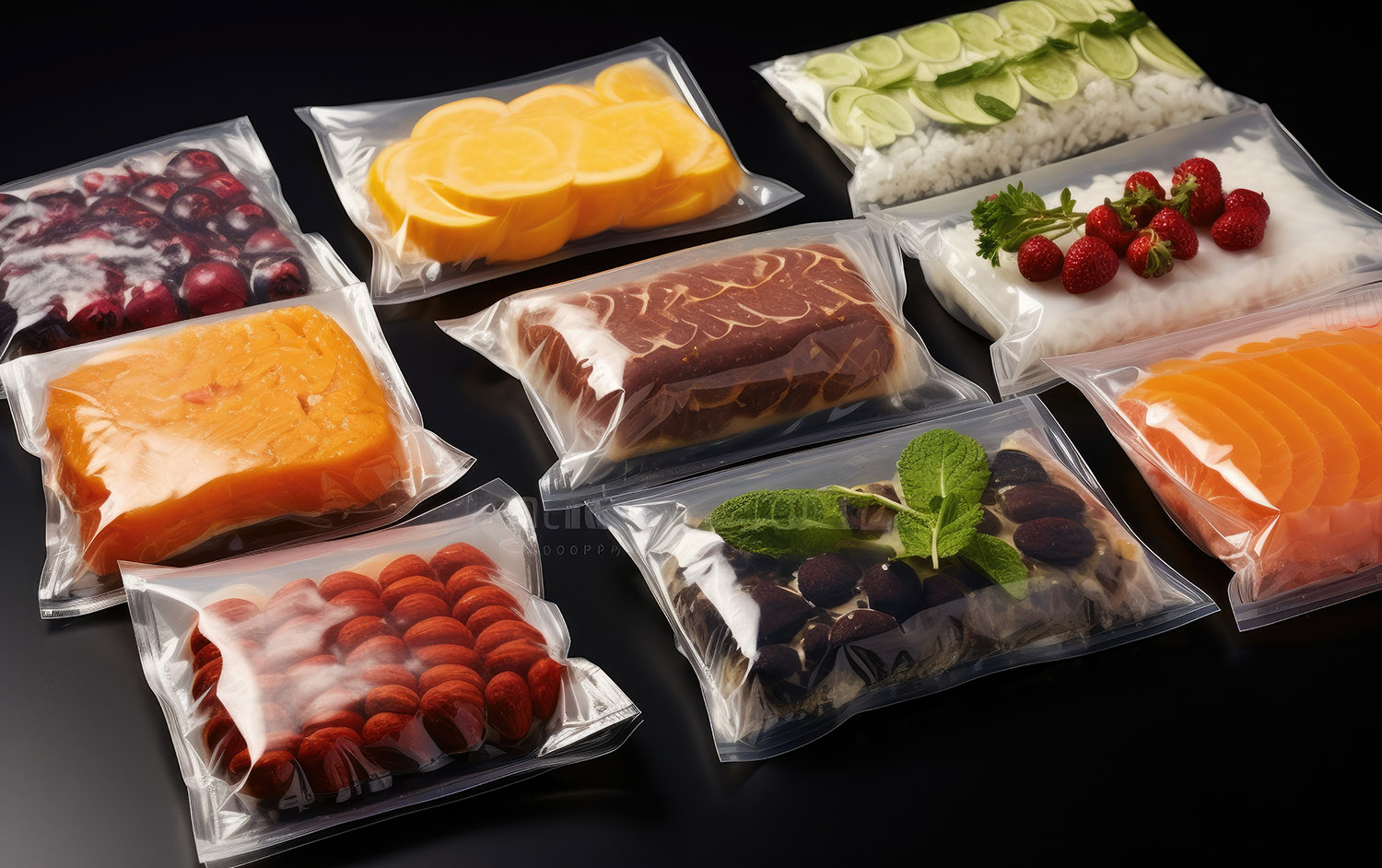Top 5 Additives for Packaging Production

The expansion of the packaging industry is driven by the demand for durable, economical, lightweight, and visually appealing packaging solutions.
The inclusion of additives plays a crucial role in augmenting the functionality of packaging materials, ensuring they fulfill the varied requirements of different applications. This comprehensive analysis covers the main types of additives and functionalities to improve your packaging production.
You can also read: Additives to enhance post-consumer recycled (PCR)
1. Antioxidants
These are integral in preventing polymer oxidation, crucial for maintaining mechanical strength, and extending packaging longevity. Secondary antioxidants are used as process stabilizers. Since they protect the polymer during processing, especially when the polymer undergoes multiple heat histories.
2. UV Stabilizers
UV Stabilizers protect packaging materials from ultraviolet light degradation, maintaining product integrity and appearance.
3. Organoleptic Preserver
Food and beverages frequently interact directly with their packaging, allowing minor amounts of flavor impurities to transfer from the packaging to the item. Consequently. this migration can alter the sensory attributes and adversely affect the product’s perceived quality. Organoleptic Preserver maintains the quality of food and beverages by reducing the influence on sensory characteristics that result from the packaging production processes.
5. Antimicrobials
By inhibiting microbial growth, these additives ensure product safety and extend shelf life, especially vital in food packaging.

Transfer of flavor impurities from packaging to food and beverages, subtly influences taste and quality.
Antistatic masterbatches provide permanent or long-term electrostatic dissipative control properties in a polymer and are widely used in electronic component package films and consumer product packaging to prevent dust build-up.
5. Clarifying Agents
These additives boost polymer clarity and enhance product visibility and aesthetic appeal.
Environmental Impact of Additives in Packaging
The environmental concerns associated with packaging additives encompass their potential for non-biodegradability and toxicity. This has spurred the development of eco-friendly alternatives that maintain functional efficacy without harming the ecosystem. Innovations include biodegradable plasticizers and antimicrobials, alongside UV stabilizers derived from organic sources, addressing the critical demand for sustainable packaging solutions.
Regulatory Trends in Additive Usage
Regulatory bodies worldwide are increasingly scrutinizing packaging additives to ensure consumer safety and environmental preservation. This scrutiny has led to stricter compliance standards, driving manufacturers to adopt non-toxic, eco-friendly additives that align with global regulatory expectations. Transparency in additive compositions and their life cycle assessments are becoming standard practices, influencing industry shifts towards safer, more sustainable additive selections.
Advanced Additive Technologies
The future of packaging additives lies in leveraging advanced technologies to enhance material properties and sustainability. While nanotechnology is at the forefront, offering additives that provide superior barrier properties and mechanical strength while minimizing environmental impact. Multifunctional additives that deliver multiple benefits concurrently are emerging, streamlining production processes and reducing the necessity for multiple discrete additives. These advancements signify a move towards smarter, more efficient, and environmentally responsible packaging solutions.
Finally, additives are essential to the innovation and functionality of flexible packaging, addressing a spectrum of performance and aesthetic needs. The ongoing shift towards sustainability, stringent regulatory frameworks, and technological advancements underscores the industry’s commitment to responsible additive use. As research and innovation progress, the role of additives in flexible packaging will continue to evolve, ensuring these materials meet future demands for performance, safety, and environmental stewardship.

Very intreresting, shining new light on the additives branch.
It is important to accurately control the amount of additives added in plastic packaging to ensure their safety.